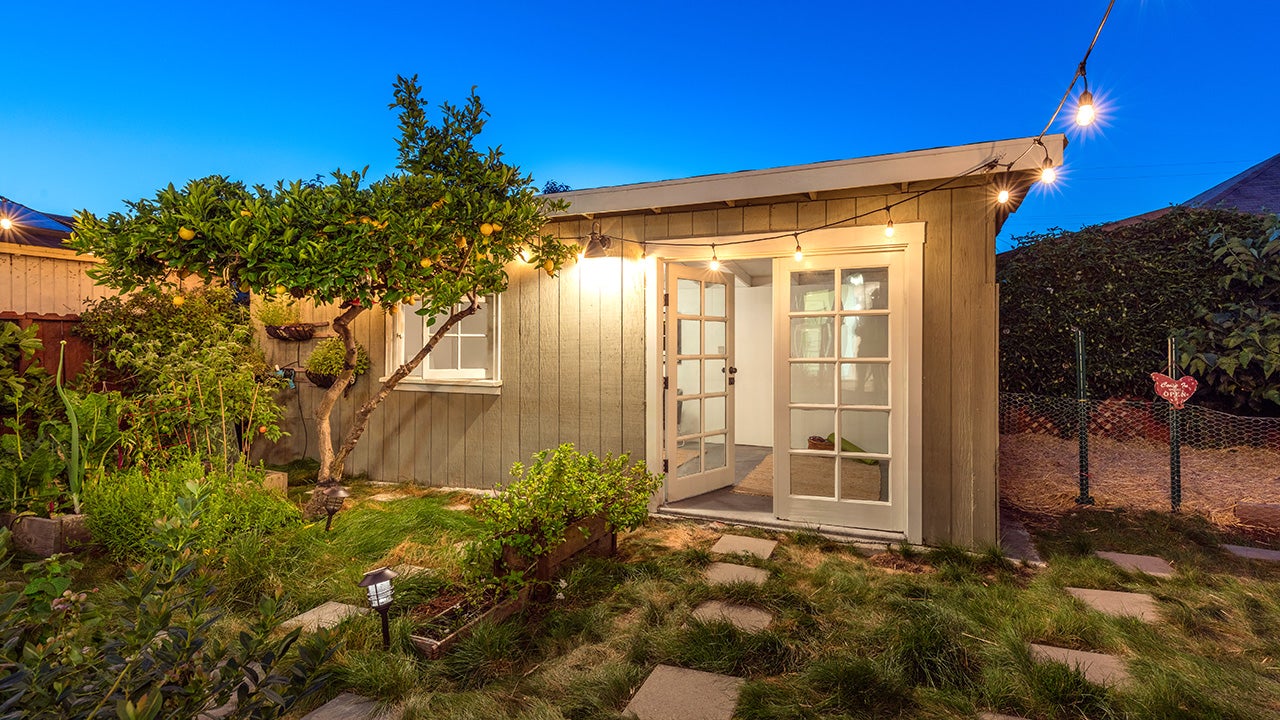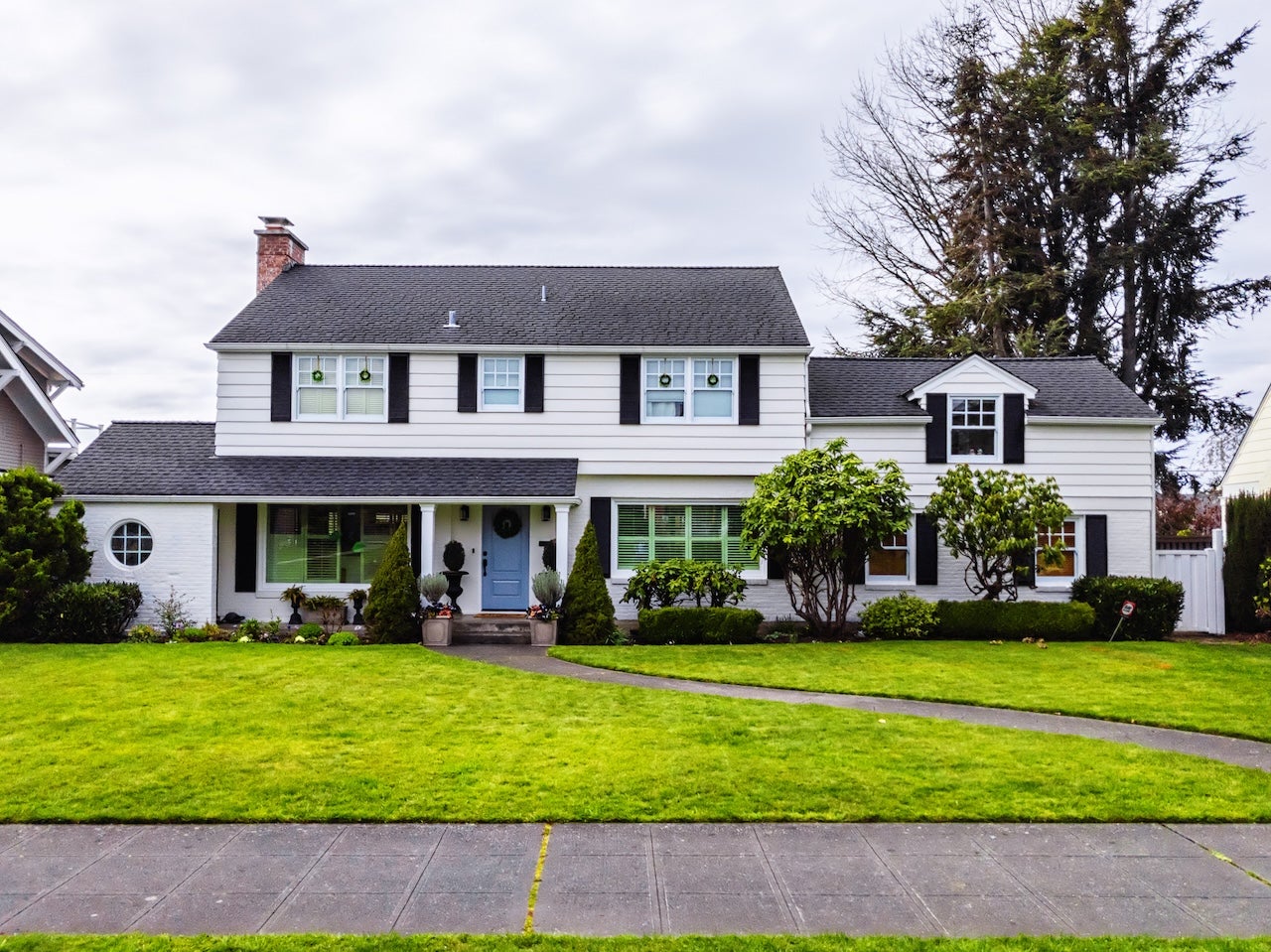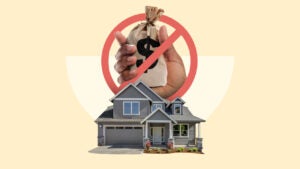‘Living smaller’: Pros and cons of downsizing your home

Key takeaways
- Smaller homes are usually more affordable than larger ones, but a lot depends on your mortgage terms and your new location’s taxes and fees.
- Downsizing your home can help you save time and money on home maintenance.
- A smaller home also encourages you to spend more time outside the home, whether for outdoor recreation or socializing.
It’s not just retirees choosing to downsize — with today’s elevated housing costs, many people are looking to smaller properties for relief. In fact, 44 percent of U.S. adults who would be willing to make a sacrifice to find more affordable housing say they would consider downsizing their living space, according to Bankrate’s 2024 Home Affordability Report.
But living smaller comes with its challenges. Let’s weigh in on why people may want a smaller footprint, as well as the benefits and drawbacks of downsizing your home.
Why buy a smaller house?
The short answer is, to save money: High mortgage rates and even higher home prices are two major reasons people look to buy a home that’s on the small side. A lower price tag on your house means borrowing less money to make the purchase and paying less interest over time.
But location is another reason people may choose to live smaller. Many people will opt for convenience, abundant amenities and a shorter commute to work over more square footage.
“Usually, it’s more expensive to be closer to a big city,” says Maggie Johndrow, partner and financial advisor at Johndrow Wealth Management in Connecticut. “I see folks choose to get a smaller home [in or near the city], even though they could maybe afford a bigger home at the same price a little bit further out from the city.”
Pros of downsizing your home
Living with a smaller footprint can have many benefits, both for your finances and your lifestyle.
Reduced expenses
Opting to live in a smaller home can translate to bigger savings in maintenance and upkeep. “A smaller home means smaller utility prices and not having to buy as many goods to fill it up,” says Johndrow. “And with inflation elevated, as we’ve seen over the past couple of years, folks are mindful of that.”
Property taxes and home insurance premiums are often lower when you choose a smaller and less expensive home, too. And small homes usually have easier-to-manage yards as well — something to keep in mind for lawn-care and landscaping costs.
More minimal lifestyle
Having a larger home can also mean more work. Not only do you have to keep up with maintaining the house itself, but you also have to take care of everything in it. For Erin Hybart, a real estate agent in Louisiana who specializes in tiny homes, living smaller translates to simplicity.
“People are spending their lives working to pay for their house, and then even more of their time cleaning it,” Hybart says. In addition, when people have large homes with plenty of storage, they can easily forget about their belongings and get overwhelmed by their stuff. She says that clients often find they’ve bought duplicate items because they forgot they already had something: They’ll say, “‘Oh my gosh, I haven’t seen this in three years. Why do I have five of these?’” she says.
Another plus: Having to spend less time and money on your house, and the stuff in it, opens up other opportunities, such as pursuing education or traveling.
More environmentally friendly
Larger homes require more energy to keep running, particularly when it comes to heating and cooling. And outfitting a large home with energy-efficient appliances and lighting can be expensive, as are new windows and upgraded insulation. If you’re eco-minded, it may just be easier to live in a smaller space.
“If sustainability or environmental stuff is important to a homebuyer, they can integrate that much more easily when the space is smaller,” says Hybart. “They don’t have to put, you know, $40,000 worth of solar panels on their house.”
Greater focus on life outside the home
When you choose to live smaller, you often shift your focus away from spending time in your home. You may find yourself using your outdoor space more, such as relaxing on the porch or in a hammock instead of in your living room. And for those in more scenic areas, that could mean enjoying the great outdoors with activities like hiking or fishing.
People who live in cities might make more use of the city’s amenities and entertainment options. “Find other things that you enjoy, like a brewery or a park to spend time in,” says Johndrow.
Cons of downsizing
For some, a smaller space can be a positive, but for others, it’s decidedly not.
Less space
Obviously, living smaller puts you in closer quarters with your family. This isn’t always a plus — it can cause serious friction, especially if you work from home and/or have a large family. And if your area has limited entertainment options or outdoor activities are limited due to weather, small spaces can begin to feel cramped very quickly.
Greater expenses
In some circumstances, downsizing your home can actually mean more expenses instead of less. For instance, if you bought your current home several years ago, it’s important to keep in mind that home prices have increased significantly since then. Look into whether a new home in your desired area, even if it’s smaller, might cost more than what you can sell your current home for, says Johndrow.
“Are you willing to use cash to pay for the smaller home, from the proceeds of your larger home, or are you going to get a mortgage?” says Johndrow. If you’re getting a mortgage, she says, keep in mind that interest rates are much higher now than they were just two years ago.
Another thing to consider is whether your new home is part of a homeowners association. Many smaller homes are, especially in new developments, and HOA fees are something to budget for. The amount can vary widely: “I’ve seen those range from a few hundred bucks a month to even creeping into the $1,000 a month territory, depending on where you live and the amenities that they provide,” Johndrow says.
Limited options
If you’re looking for a smaller property, you may have to look harder than most. The average size of a new home in 2023 was 2,411 square feet, according to the National Association of Home Builders. While this is a 13-year low, it’s still much larger than many looking to downsize might need. To find a smaller single-family home, you may need to be willing to buy an older home, and possibly be flexible about its location.
This is especially true for a trendy tiny home, for which residential zoning is another factor to think about. Finding a place to build a tiny home can be tricky depending on the zoning in your area, Hybart says. They can also be difficult to fund with a traditional mortgage.
Getting started
Whether you’re planning to move to a smaller place soon or you’re just looking for a more minimalist lifestyle, you can start downsizing your home by changing the way you use the space you already live in.
- Downsize your possessions: Declutter your closets, throwing out or donating what you don’t need, and pare down what you own to the essentials. A big part of the appeal of a smaller home is its manageability — reducing the amount of stuff you have can reduce the upkeep of your current space.
- Rethink how you use your space: Now that your home is not stuffed to the gills with unneeded items, what can you do with the space you’ve created? You might find that you now have room for a dedicated home office, a den, a craft area or a more organized storage opportunity.
- Consider your indoor climate: Heating and cooling can be expensive. One way to reduce your energy bill is to install a smart thermostat to adjust the temperature with the weather. You may also consider blocking off an underused room in extreme weather months or getting an energy-efficient portable air conditioner or heater to use in just one specific room.
Even if you aren’t actually downsizing your home anytime soon, spending less time and money caring for your belongings can help you prioritize what really matters to you.
You may also like

Tiny homes: Are they worth it?





